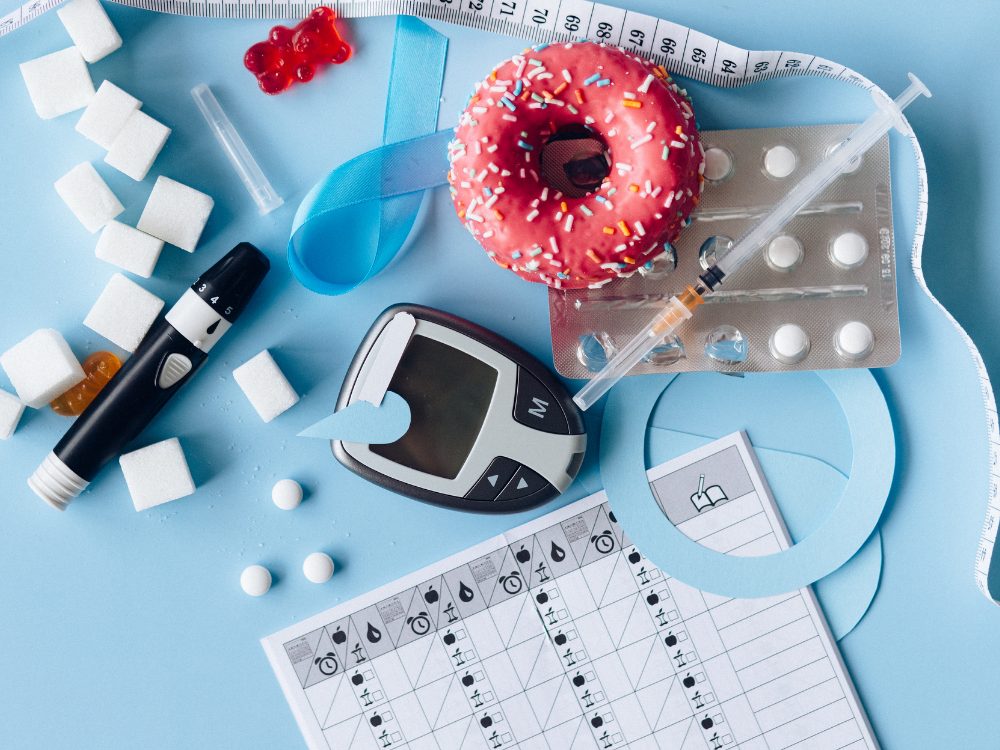
A Guide to Diabetes and Exercise
*This post may contain affiliate links* or products that have been sent to me for review. You can find out more in my Privacy and Cookie Policy*
This is a collaborative post
Diabetes can be a difficult condition to manage without the correct equipment to aid you in monitoring it. Blood sugars can be volatile based on what you eat and your energy output and therefore it’s extremely important to get it right when it comes to exercising with diabetes.
Exercise has many benefits including cardiovascular health and mental wellbeing, so with this in mind, it’s a good idea to incorporate it into your daily routine.
This article will explore the best practices when exercising with type 1 diabetes.

Pre-Workout
Ensure you eat some carbohydrates before your exercise session, and then take your blood sugar to ensure you’re in the acceptable range pre-workout.
The kind of exercise you’re doing will impact how it affects your blood sugar. Slow steady exercise such as a long walk will often bring your blood sugar down whereas it’s not unheard of for faster sports such as football or running to cause a spike in your sugar levels.
With this in mind, ideally, you want to try and get your sugars in the normal range, but at the higher end of the normal range for slower activities (allowing some room for a drop), and at the lower end of the normal range for faster activities (allowing some room for a spike.)
Whilst it’s not always possible to get your blood sugar to the perfect level pre-workout, it is a good idea to attempt to get it as close as possible pre-workout, or at the very least ensure you have eaten, taken insulin, and checked your blood sugar before you start.
During the Workout
Most diabetics are usually familiar with the unusual feelings they get as their blood sugar becomes too low or too high, so it’s important to keep a mental note of this during your workout. If you begin to feel unwell, then taking a sugar reading is useful.
Also, being prepared and ensuring you have some sugar at hand if you need a quick fix is important.
Insulin pumps are a great way of giving yourself insulin quickly when you need it, the needle is already inserted, and it’s a simple case of pressing a few buttons and delivering your medication. The London Diabetes Centre offers a huge range of support and equipment to make a diabetic’s life easier, including insulin pumps.

After Exercise
Exercise can impact your blood sugar levels for several hours after exercise. With this in mind, it is extremely important to monitor your sugar levels both before, during, and for around 8 hours after to ensure it hasn’t impacted you negatively.
Exercise is beneficial to both your physical and mental health, but as a diabetic you need to take extra care to ensure you are safe whilst exercising.
In a nutshell, you should be checking your blood sugar before, during (if necessary), and after your workout, and ensuring your sugar is at an acceptable level before beginning. You should also be well prepared ensuring you have chocolate and insulin with you during your workout, just in case.





